Top 10 Things at the Honda Museum
Well, this is not The Honda Museum, which I suppose is in Japan somewhere. This one’s in Torrance, California, a short drive from American Honda’s sprawling U.S. corporate HQ in a discreet location. Unfortunately, this museum isn’t open to the public, but Honda does let people in for various corporate events, or if they’re important bigwigs. How I got in I’ll never know, but major thanks to Honda’s PR guy Tony De Franze for making it happen. It all started when he and Mike Snyder mentioned they’d found three RC45s still in their crates a couple months ago in back of a warehouse…
10. RC45
Here’s one of them. I forgot to look at the serial number, but I did note the mileage: 000000. When it first appeared in 1994, the $27K gear-driven fuel-injected V-Four wonderbike was a bit underwhelming in terms of power output in standard form, but that didn’t stop John Kocinski from winning the 1997 World Superbike Championship on a modified one. Nor did it stop me from very nearly being the first and only U.S. magazine idiot to crash one at Willow Springs (Jesus told it No! at the last millisecond, Abraham style). It appears only 500 RC45s were produced worldwide, for WSBK homologation, with 55 supposedly brought to the U.S.
9. 1963 Super Cub 50
This was the first product sold by American Honda, shortly after the company was formed. It’s the subject of the “You meet the nicest people on a Honda” ad campaign, the Beach Boys “Little Honda” and the most mass-produced vehicle of all time. As of 2014, according to Wiki, more than 87 million Cubs had been built. This is the Original Gromster.
8. Prototype front suspension
At the height of motocross madness, in the 1980s, Honda was feeling its engineering oats. This alternative to the telescopic fork was designed by Valentino Ribi in Italy and patented by Honda in the U.S. Supposed benefits included lighter weight, increased rigidity, etc. – but it never made it past the testbed stage on this CR250. Somebody at Showa took offense? Increased rigidity isn’t a good thing? Who knows.
7. What? They make cars too?
I don’t really know from cars after about 1970, but Michael Andretti drove the blue Motorola Reynard 981 on top to victory at the 2002 Long Beach GP, his 42nd and last win. Complete with 2.65-liter turbo V-8 producing 750 horsepower. The Target car looks like the one Alex Zanardi used to forge new ground through the Laguna Seca Corkscrew for his famous last-lap pass that would later be retraced by a couple of famous motorcyclists. The NSX down below looks a little more practical for picking up the kids.
6. Cuby
In 1962, Honda sold these little 19.7cc engines to its dealers for $15 each, as a promotional tool to showcase the modern, quiet four-stroke engine that powered its Super Cubs. Fire it up right on the sales counter! Just 800 were made. Limit 10 per dealer…
6b. And don’t forget the first Honda generator…
… the 1964 E40 was designed to power up Sony’s new micro TV. Its 21.2cc four-stroke put out 40 watts of power.
5. Rune prototype
Produced for just one model year, 2004, the Rune was not a huge sales success, but it does serve as a highwater mark for just how inflated the pre-Recession custom craze had gotten before reality prevailed and the bottom fell out. Honda’s designers journeyed where no man had gone before, and the production bike isn’t that far from this prototype. It’s lined up in the museum next to cars that still look futuristic. If you already have everything, very nice very-low-mileage Runes are out there for $15K. If I were a cruiser guy, I would have one.
4. 1971 Z-600
The first Honda coupe sold in the U.S. is the first Honda automobile I ever saw, parked on the street outside Rockhurst College one spring day. Surely you can’t be serious? At a time when all 12-year olds aspired to fat BF Goodrich T/A radials on Cragar SS wheels, this 600cc Twin rolled on tiny 12-inchers, and the whole thing weighed 1,312 pounds. It did get 45 mpg, though, which was nice when the big Gas Shortage showed up not many years later. Say, is that an oil drip pan under the Civic next door?
3. Bubba’s RS750
Bubba Shobert used this handbuilt flat-tracker (or one very like it) to win the Grand National Championship in 1985, ’86 and ’87, before changes in the AMA rulebook for ’88 caused Honda to call it quits. Shobert was on his way to possibly even greater things on pavement when a nasty collision on the cool-down lap at Laguna Seca cut his career short a couple of years later. It was all going Honda and Bubba’s way for awhile there, and very cool while it lasted.
2. Flyin’ Fred Merkel’s ’84 VFR750 Interceptor
In 1984, this was about as exotic as it got: Flyin’ Fred’s factory Superbike stuffed full of HRC parts and rolling on Comstar wheels. FF won the AMA title in ’84, ’85 and ’86 (the ’86 VFR is tucked away in back of the museum too), before heading off to win World Superbike in ’88 and ’89 on an RC30.
1. Dick Mann Daytona CB750
Legend has it that four of these were built for the 1970 Daytona 200, and the one under Dick Bugsy Mann held on, just barely, for the win. This isn’t that bike, but it is assembled from all the spare parts that were left over after that first factory Honda roadracing effort in America. Soichiro’s genius CB750 was already a shoe-in to be the humongous global success that made Honda Honda, but Mann’s win seemed to seal the deal. Put a fork in Triumph/BSA, it’s time for Harley-Davidson to dedicate itself to custom cruisers from now on, hello modern four-cylinder era. Of all the bikes and other vehicles in the museum, this is the one you’d most like to fire up and ride through the Malibu canyons for a nice fish taco at Neptune’s Net. And maybe crack a cold one to toast all the excellent things Soichiro Honda built over the last 50 years. Salut!
More by John Burns



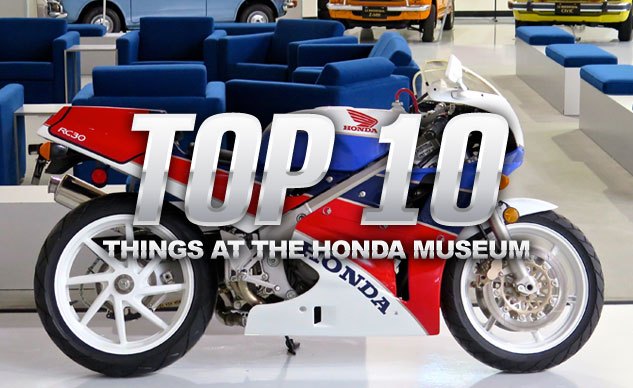
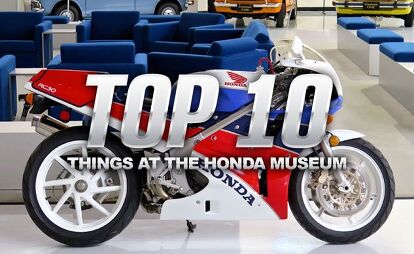

































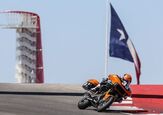
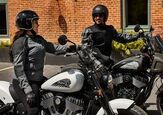
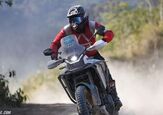
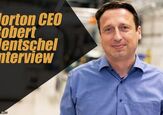
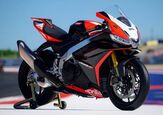
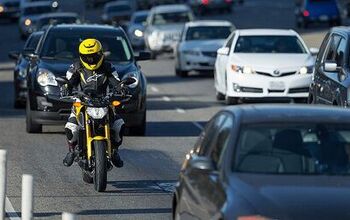

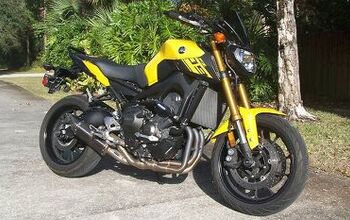

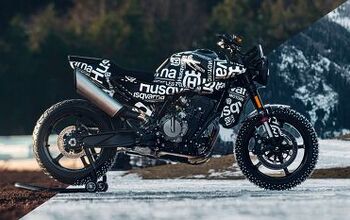
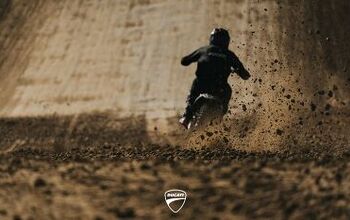
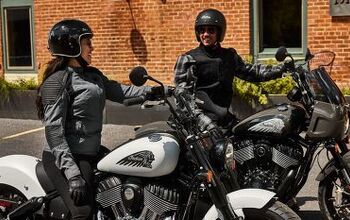
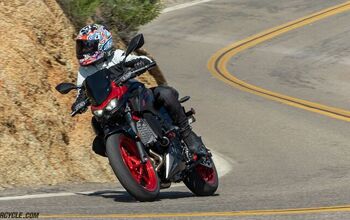
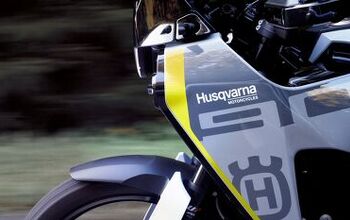
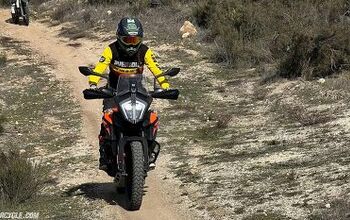
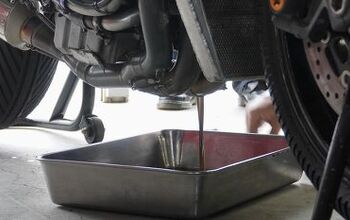
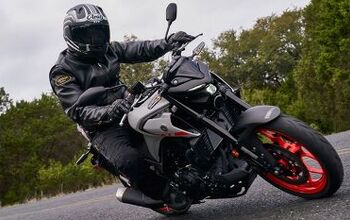
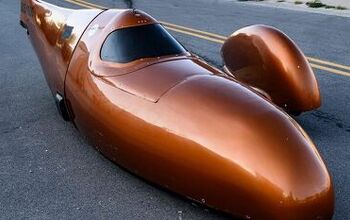
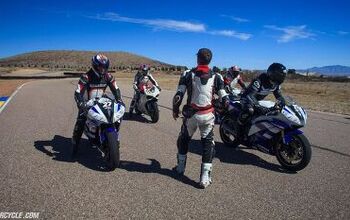


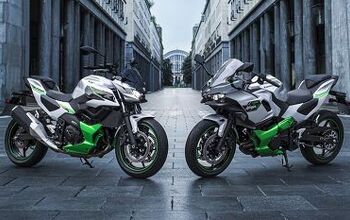
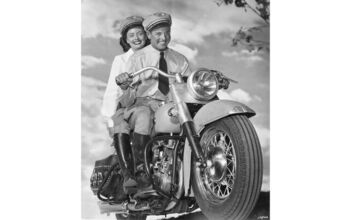
Comments
Join the conversation
How in the heck do you misplace 3 RC45s? This must be the same warehouse from Raiders of the Lost Ark.
"Top men Dr. Jones, Top Men."
I had a Cuby engine when I was a little kid. My Dad worked at a dealership and gave it to me. Wow, I wonder where it went? Thanks for reminding me of it.